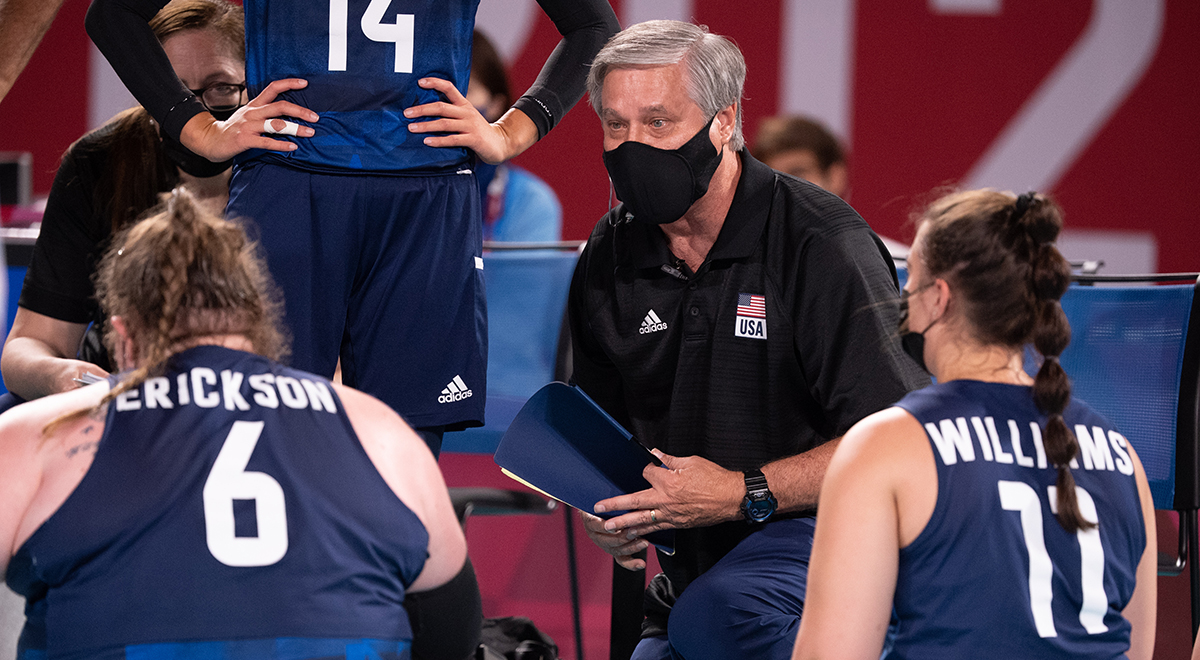
Developing the Person, Not the Player
It is critical that coaches develop the person, not the athlete. Developing the person allows the athletic skills to grow, but the opposite is not necessarily a guarantee.
Resources for
Follow USAVolleyball
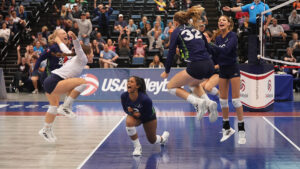 USA Volleyball Education is focused on improving developmental and educational opportunities across the sport of volleyball from grassroots to the national team level. Our goal is to provide the opportunity to access, complete and apply high-quality information and methods in the technical, tactical, physical and emotional aspects of the game for athletes and coaches while providing training, support and resources for other key stakeholders including officials, parents and clubs.
USA Volleyball Education is focused on improving developmental and educational opportunities across the sport of volleyball from grassroots to the national team level. Our goal is to provide the opportunity to access, complete and apply high-quality information and methods in the technical, tactical, physical and emotional aspects of the game for athletes and coaches while providing training, support and resources for other key stakeholders including officials, parents and clubs.
For years, the focus of volleyball in many areas and across various levels shifted to a mindset of winning at all costs.
What we now know is that the most successful teams in the world have developed a model of training and a culture that supports a holistic approach to athlete development which not only sets them up for competitive success on the court, but values and emphasizes the important of athlete health, well-being and long-term involvement in the sport.
The USA Volleyball Development Model was created based on the idea that volleyball in the U.S. could be taught differently, resulting in long-lasting positive outcomes across all measures of performance while keeping kids involved and loving the game longer.
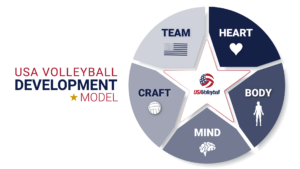
The five pillars of the USA Volleyball Development model provide the basis for a holistic approach to the core elements that are vital to supporting development at every level and across age groups.
USA Volleyball Education is committed to providing support for the volleyball community with a role-based approach to education and training. Whether you’re planning practices, cheering from the stands or making the right call, we provide the tools and resources to help you succeed.
USA Volleyball partner Sports Imports has provided USA Volleyball coaches with drills for use with their Trainer+ and The Vertec.


It is critical that coaches develop the person, not the athlete. Developing the person allows the athletic skills to grow, but the opposite is not necessarily a guarantee.
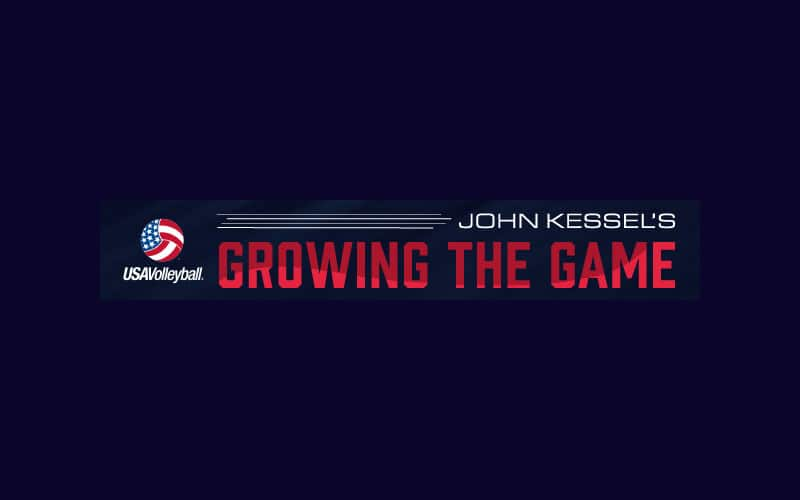
Watching the kids in a small indoor gym training over three nets, I thought of all the lines we put kids into, the way we ignore the net, the way we inflict pain via the forearm pass and the way 6v6 is experienced by beginners. I get angry inside at knowing billions of kids over my lifetime have walked away from our sport for a lifetime because their introduction to the game is BORING. We must do better when we introduce this sport.
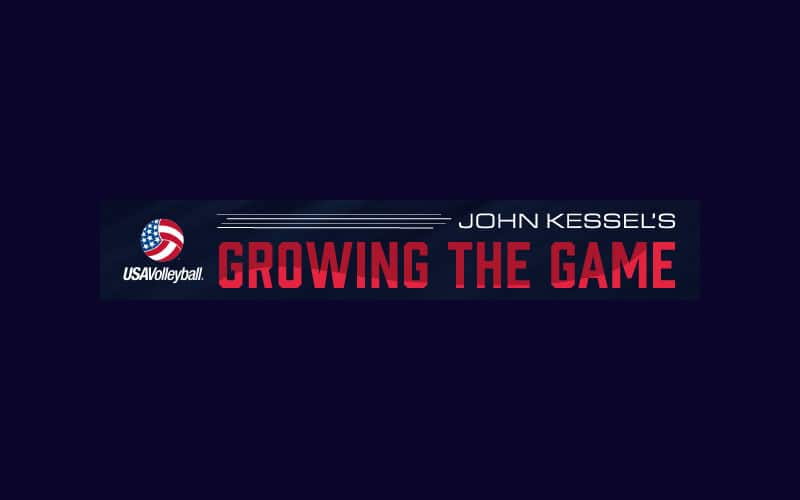
I spent Memorial Day flying back from Amsterdam, 24 hours in en route, leaving a place where the Dutch Underground were battling in World War II three-quarters of a century before me.

For those with little time to read my blogs and ponderings, the short answer is “In a 6-3 you teach HALF your players on the court the leadership roles and key skill of setting/running an offense, and in a 6-6, every player learns that key skill.”
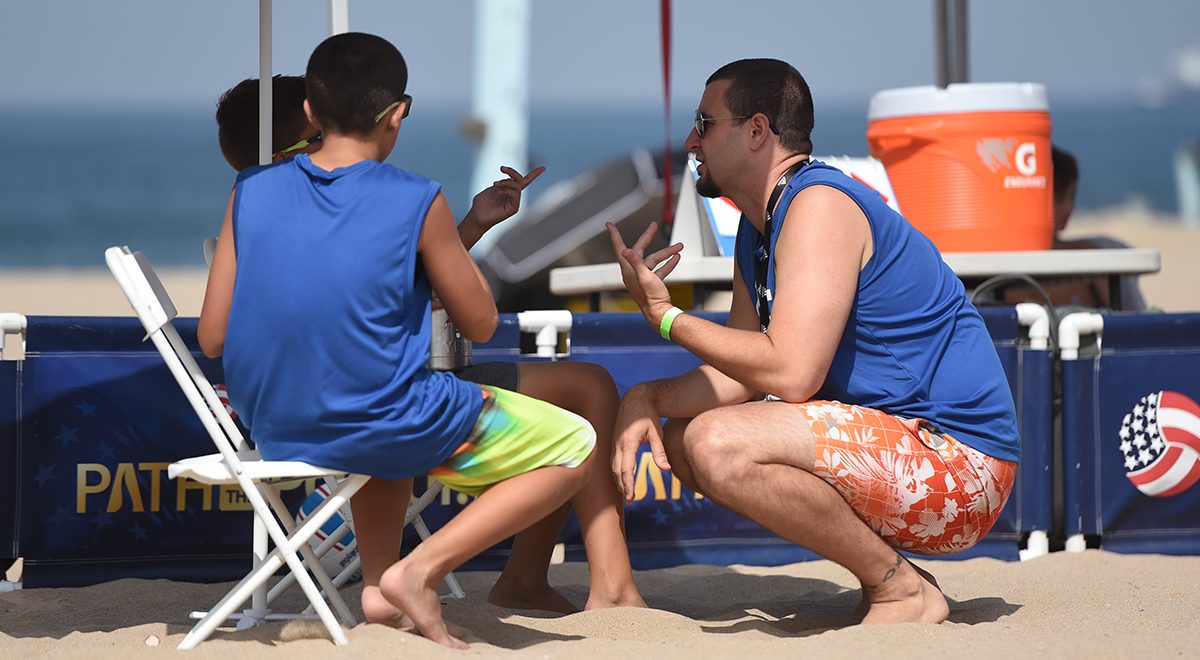
John Kessel's still in learning mode (he's always there), and now his quest for learning introduced him to Motivational Interviewing (MI), which is all about the communication techniques that help you draw wisdom and answers from your players.
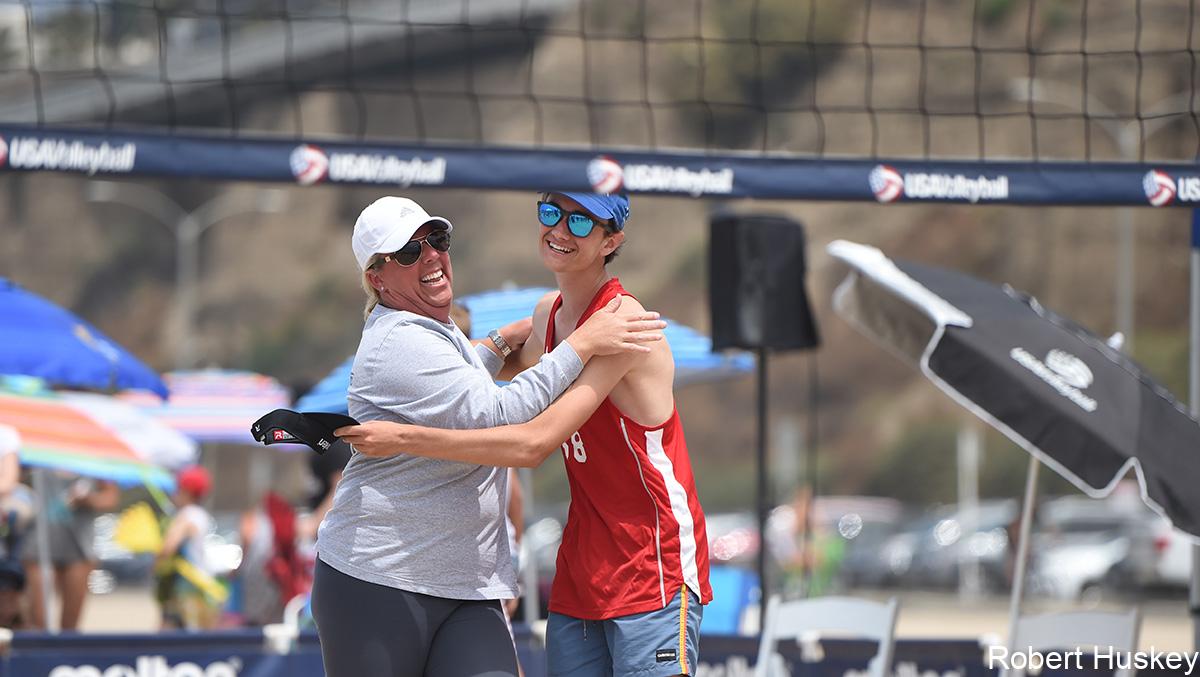
Coaching your own child can be a fun, rewarding experience for both of you, but it can also be a challenge. Here are six ways you can best keep everyone - your child, the rest of the team, and the rest of the team's parents - happy.
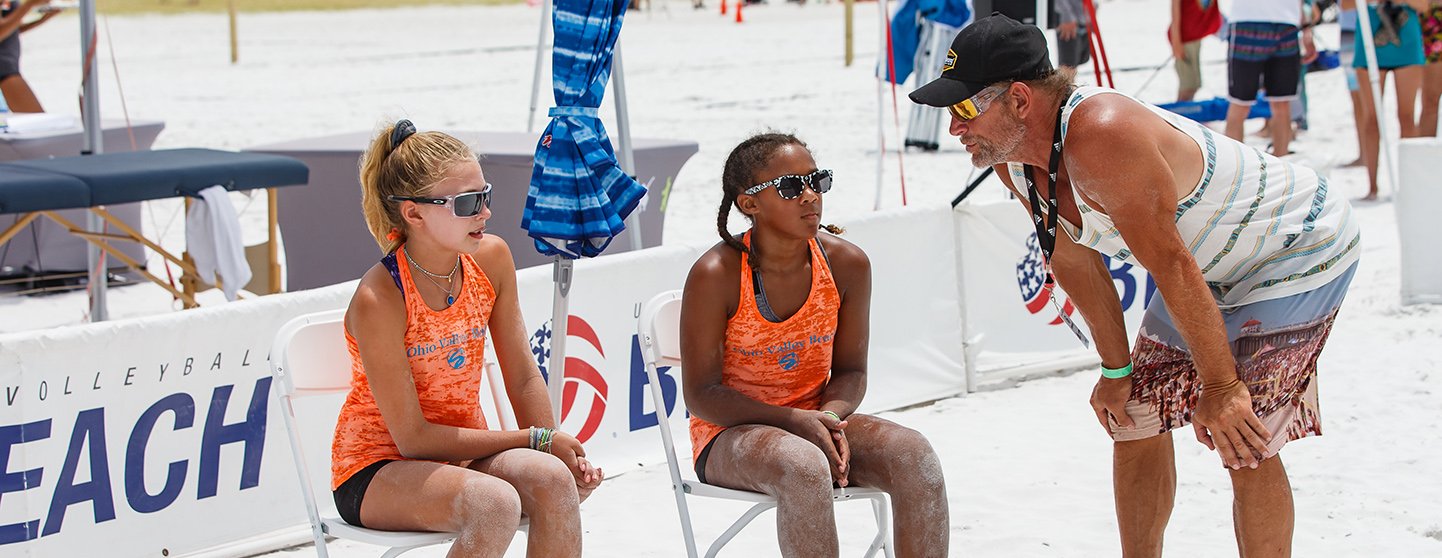
Few athletes are going to beat the odds and make it to collegiate or professional volleyball. John Kessel's son is one of those few. Here are tips from John about raising a potential professional athlete.
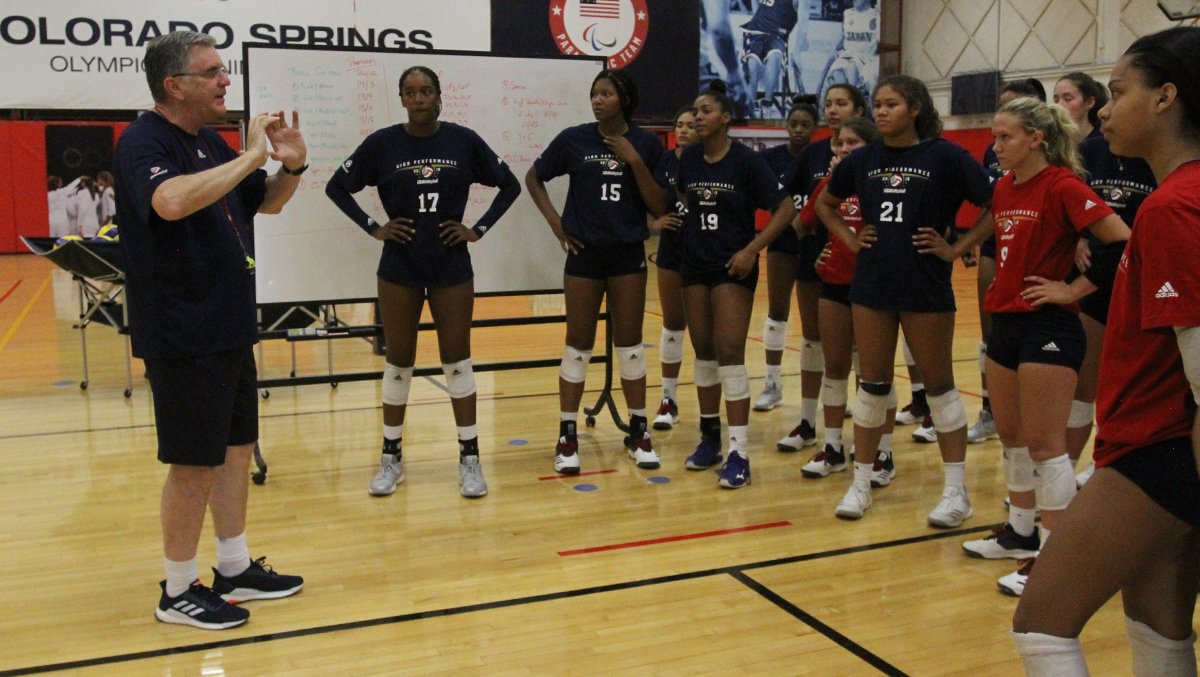
In an effort to get more touches in practice for his teams, CAP III coach Dennis Belaire has combined speedball and the Competitive Cauldron to form a new game-like drill: SpeeDron.
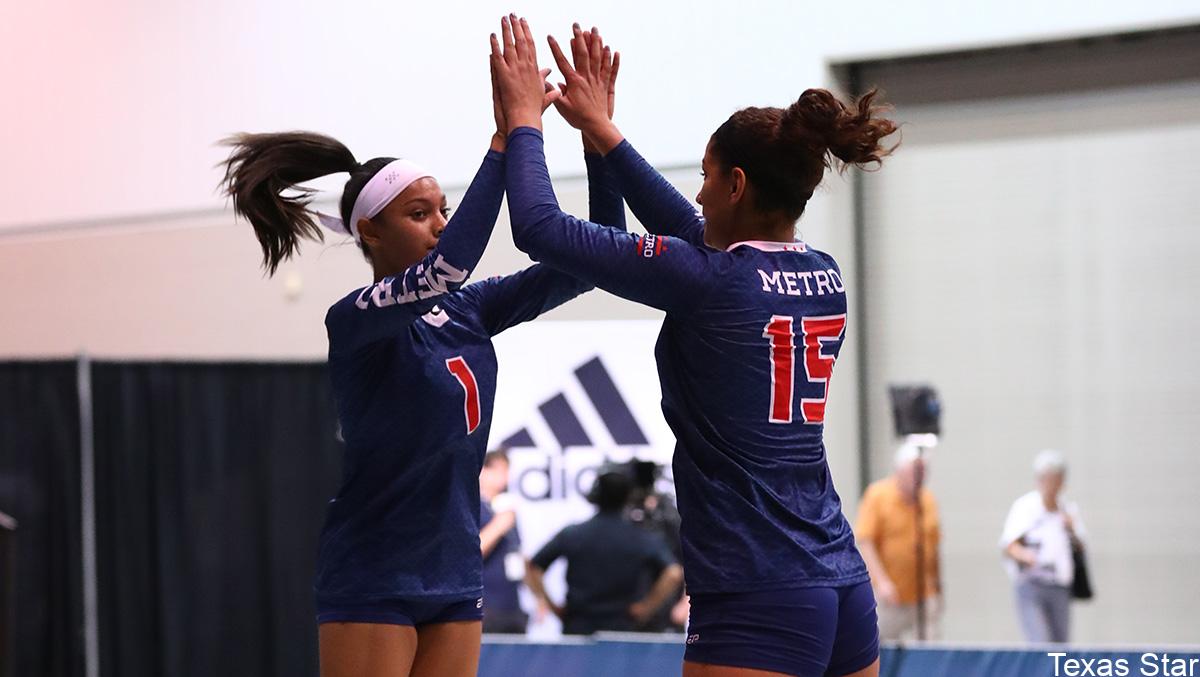
Parents agonizing over defeat need to learn to enjoy all matches, including losses, and spend more time teaching the values and lessons to be gained in the journey.
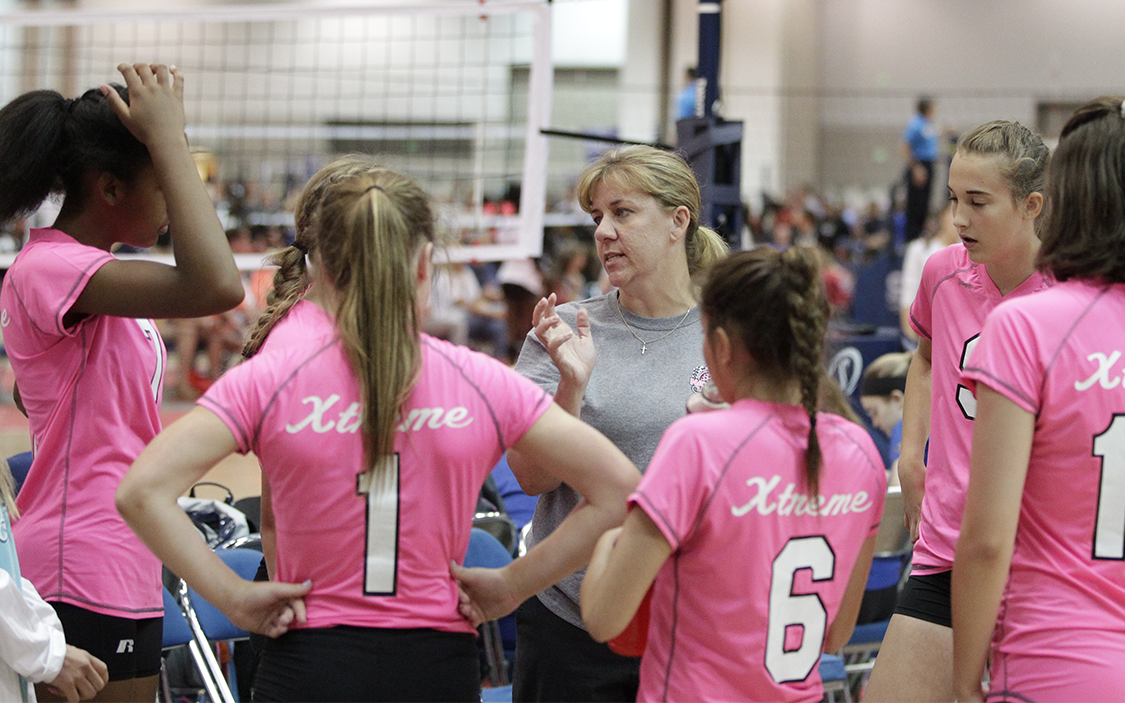
Time in the gym is limited - especially now - so practice must be efficient as possible. John Kessel has ideas on how to best use your time in the gym.

The process of learning should never stop, and that includes the time between the end of club season and school tryouts. No matter what, remember that the top of the pyramid, our national teams, seek players who are good at all six skills and great at one or two.
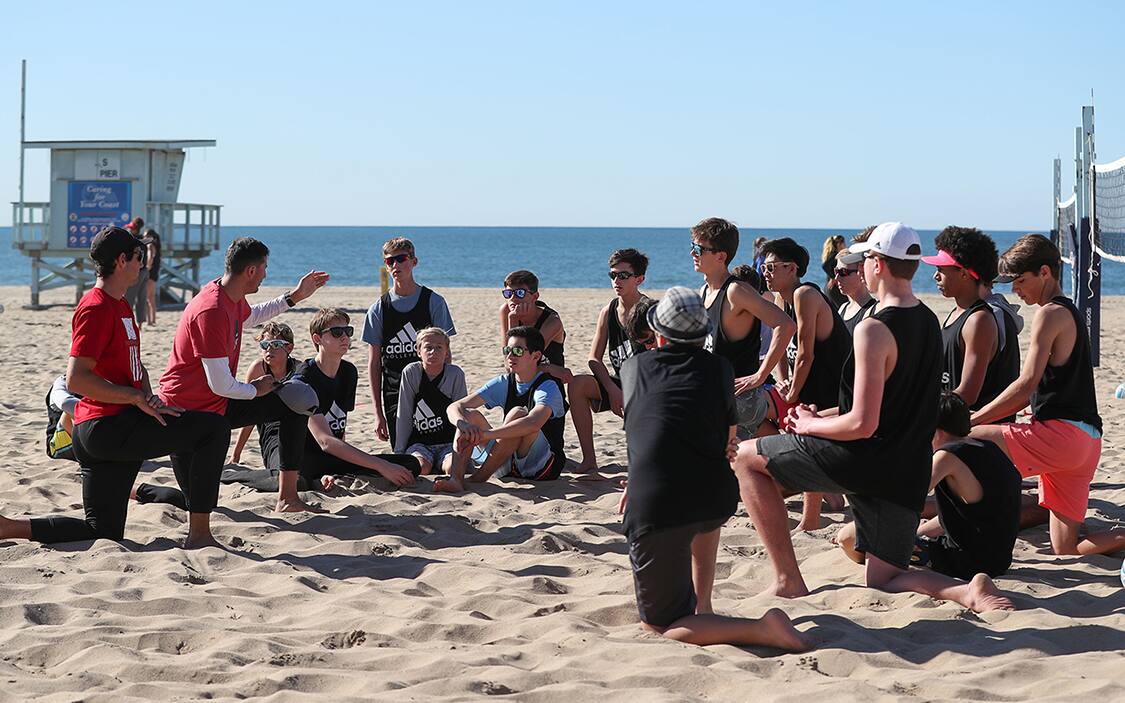
Be sure to create drills that create the most efficient (and most fun) learning environment possible.
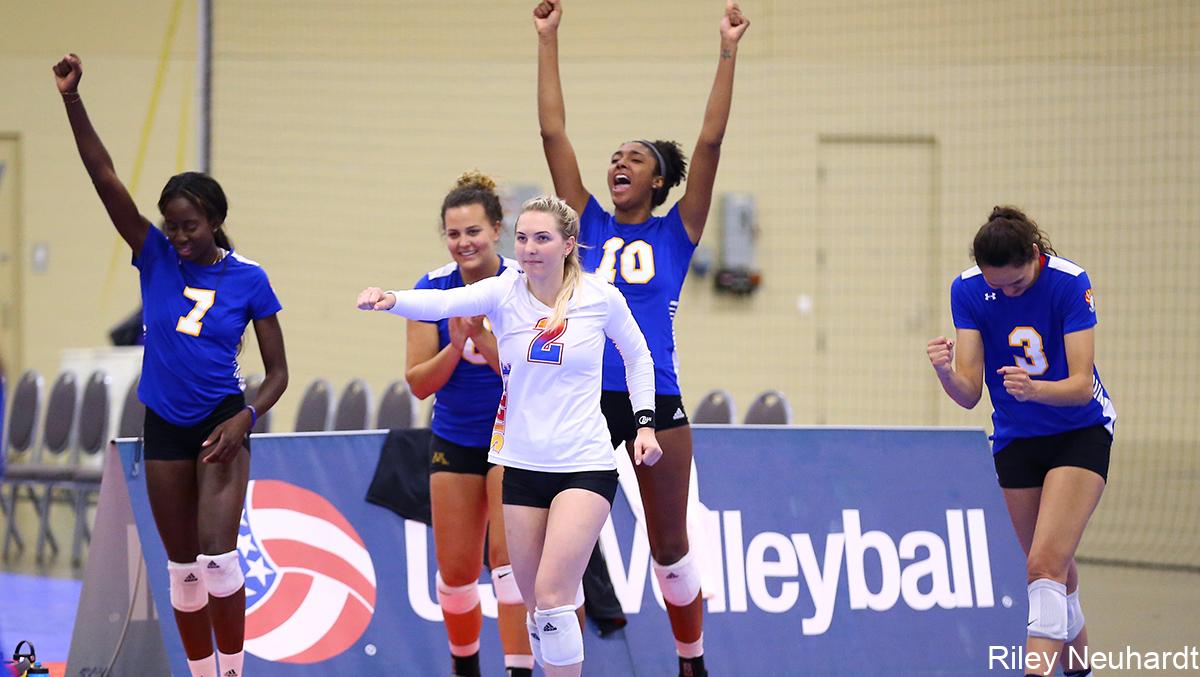
The best gifts for a volleyball player aren't things, but they are ways to assure your child continues to love the sport.
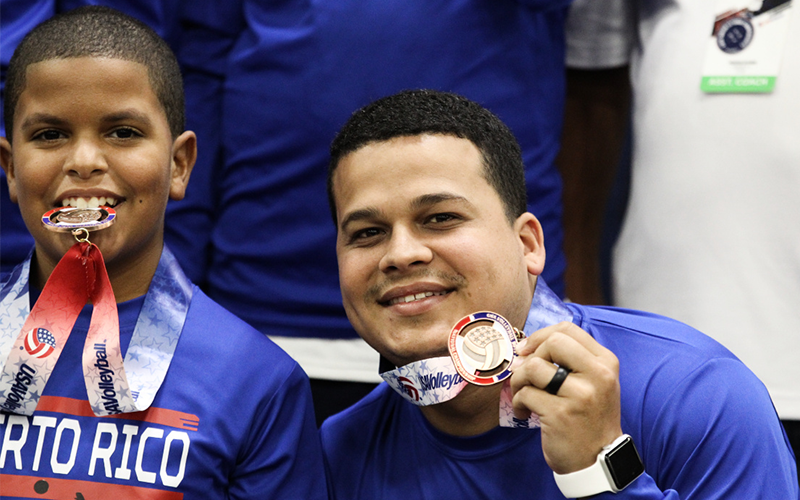
John Kessel reflects on the his most important job as a coach: developing leaders and citizens, not just volleyball players.
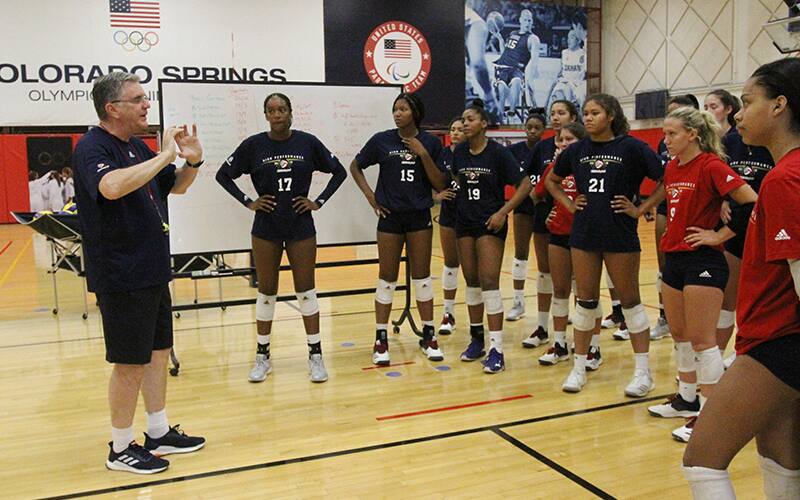
In his latest blog, John Kessel offers suggestions about how to keep learning and improving while at home.
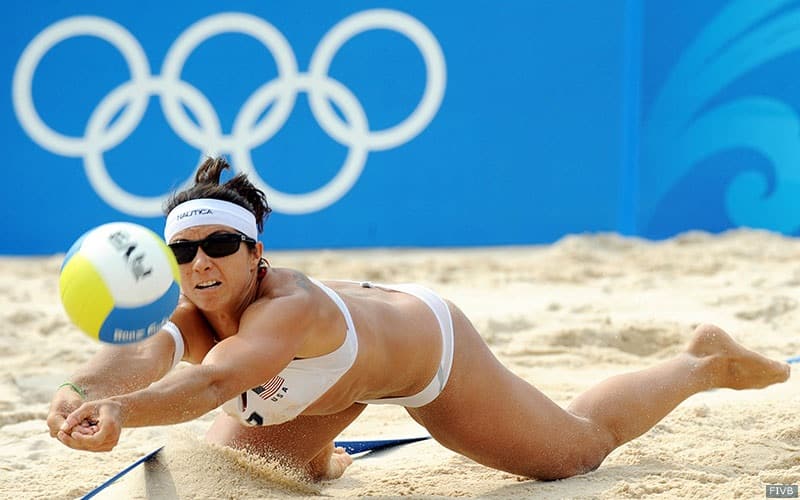
USA Volleyball Hall of Famers tell why volleyball is special to them
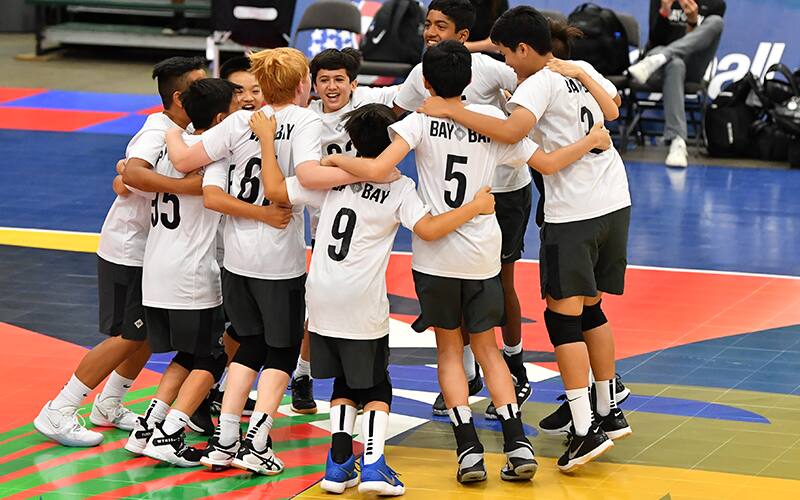
When it comes to errors, every volleyball player makes them. Look at errors on multiple levels to provide learning opportunities.
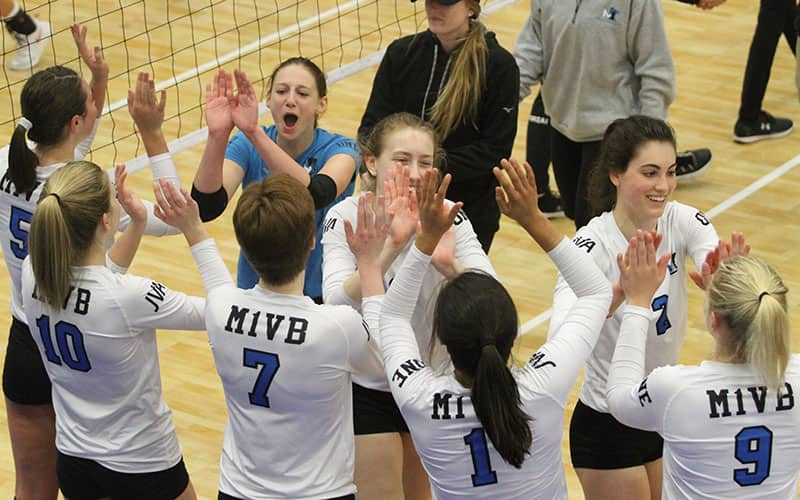
Far too much of athletes' time is spent not working and doing, but standing in line or listening to a coach talk.
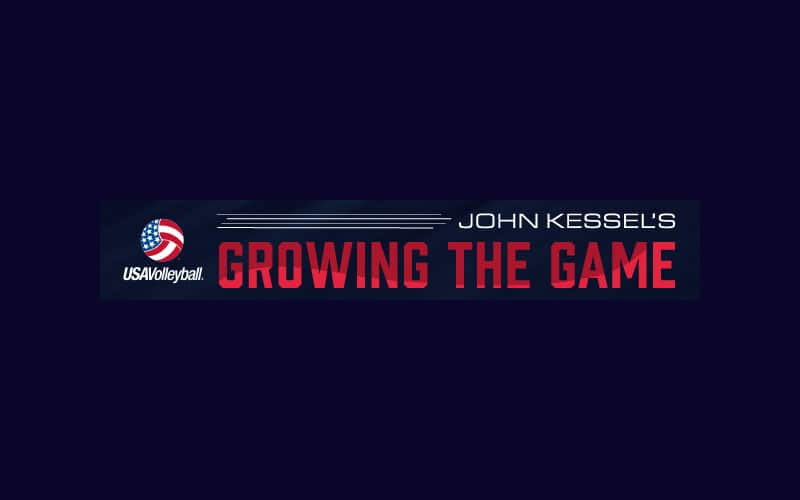
Every coach wants more drills. They're an essential part of practice. But do they carry over to the match?
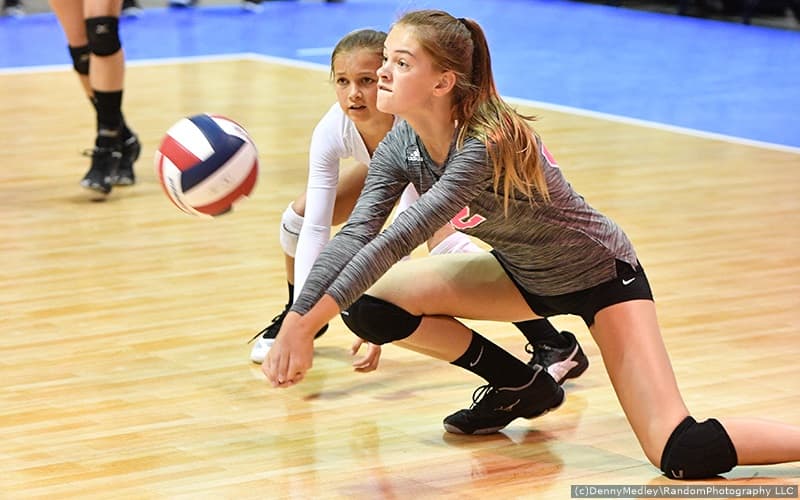
Serve and serve receiving are involved in every point played. Make sure your players learn those skills the same ways they'll use them during a match.
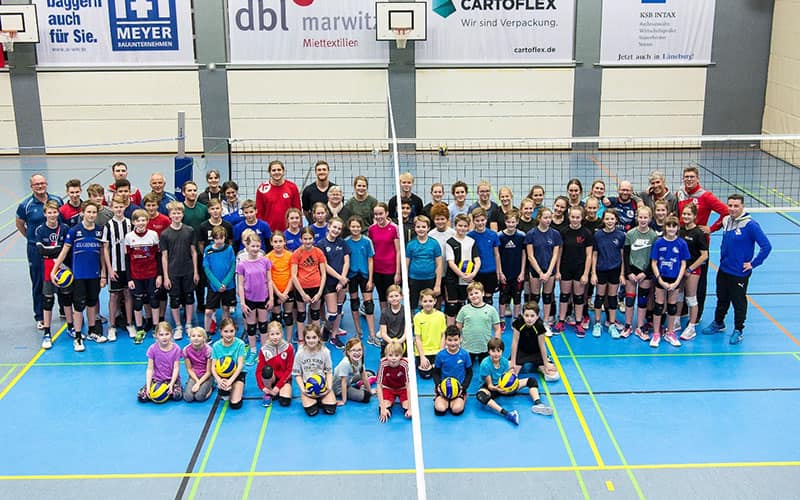
John Kessel shares ideas on how to teach the joy of volleyball before teaching the skills.